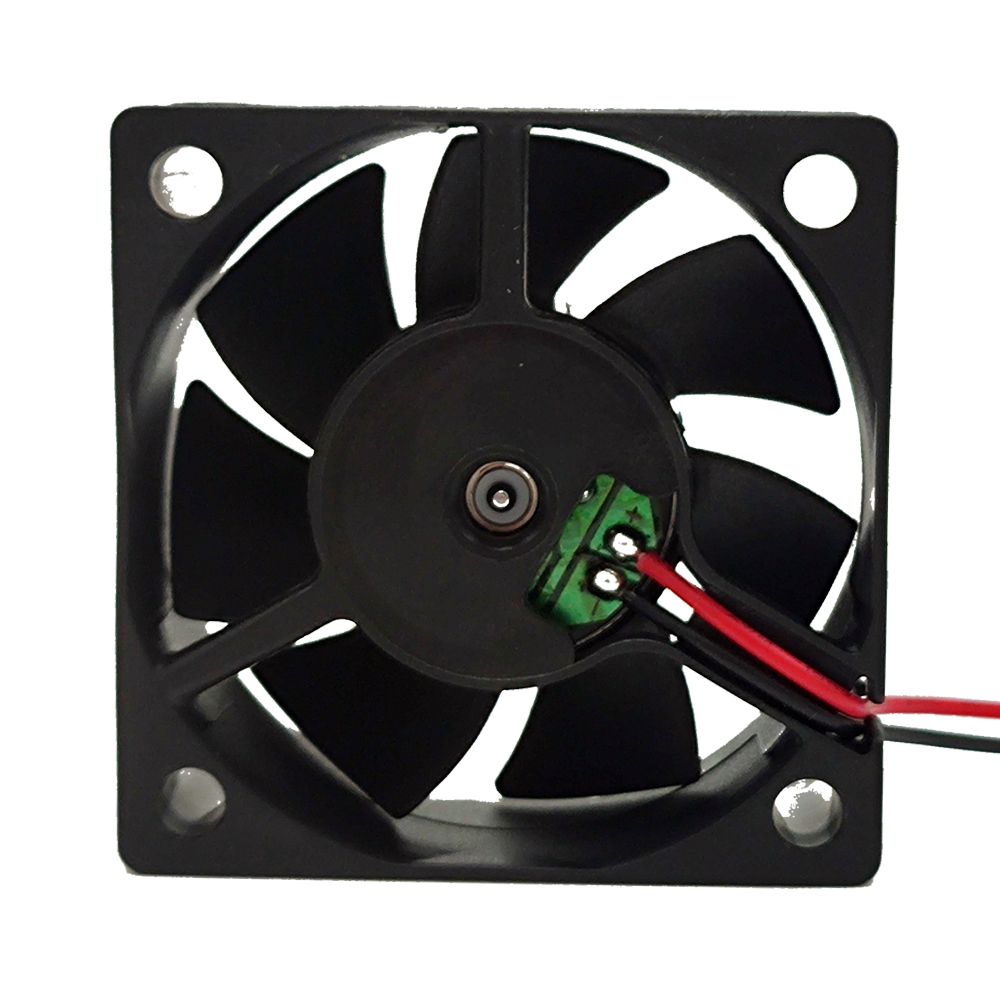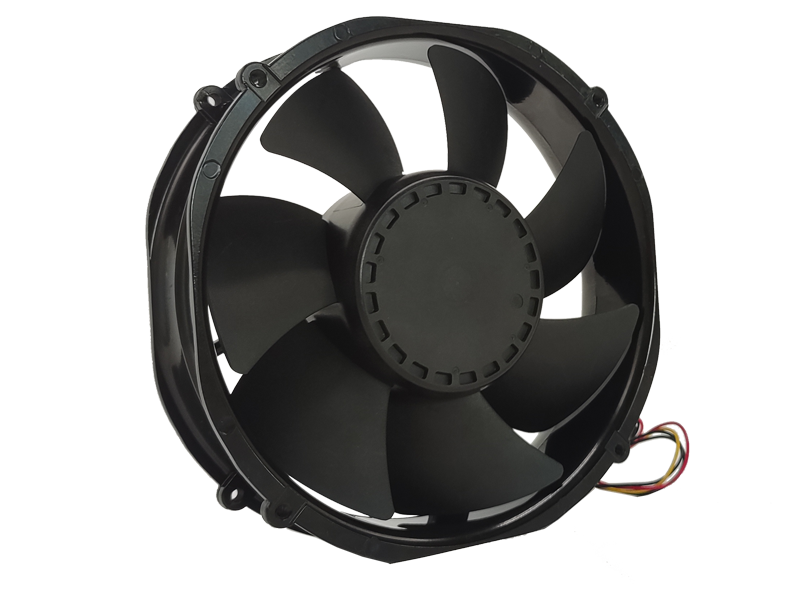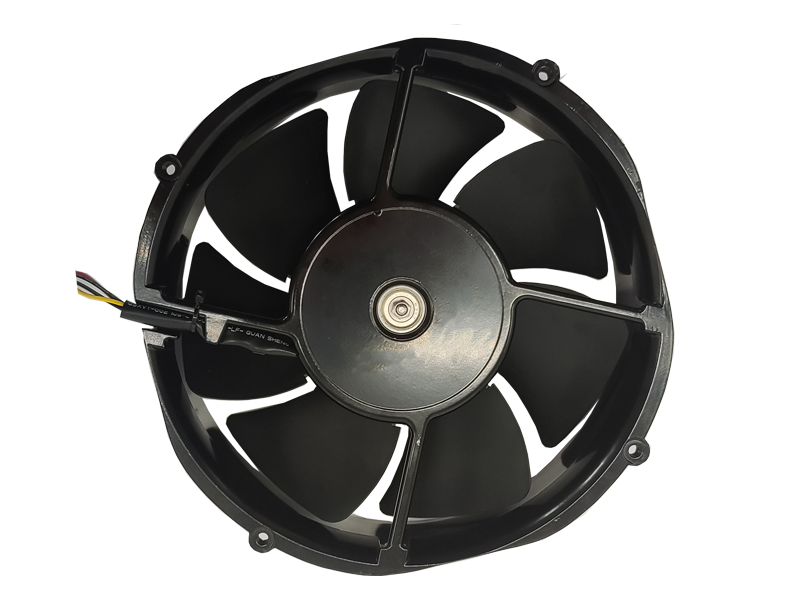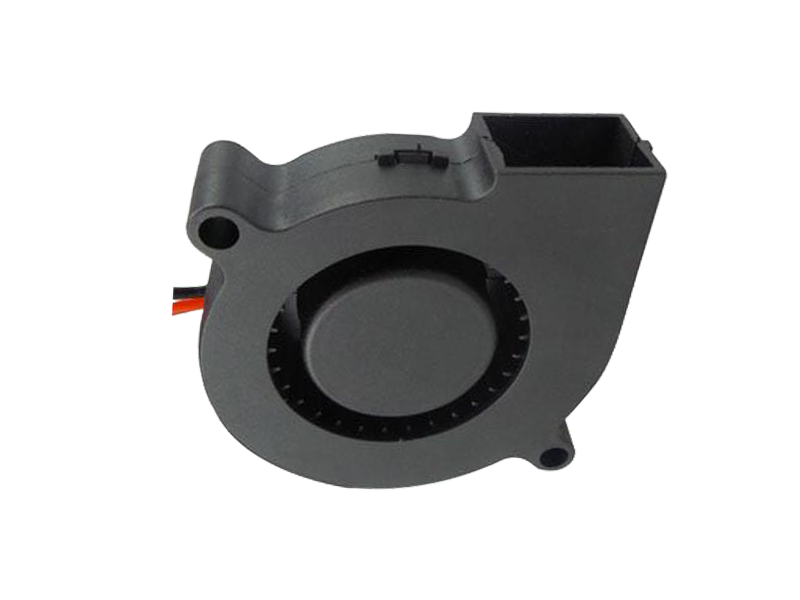Industrial fans are integral to systems requiring ventilation, cooling, and air circulation in a wide range of industries. From manufacturing plants to agricultural settings, the demand for effective airflow management is constant. As these fans play a crucial role in maintaining both operational safety and efficiency, understanding how to optimize their design and functionality is key to delivering value to the end-user.
This article examines the challenges and innovations in the design of industrial fans, focusing on airflow optimization, energy efficiency, and advancements in materials and control systems.
1. Industrial Fan Applications: Key Roles in Modern Industry
Industrial fans are utilized in several critical applications across multiple sectors, making their design an essential consideration for product managers. Each application demands different specifications, whether it's maintaining air quality in a building or cooling machinery in a factory.
Cooling and Ventilation in Manufacturing
In manufacturing settings, particularly those involving high-temperature processes, the need for effective cooling is paramount. Industrial fans are required to regulate temperatures and ensure that machines and workers are in safe conditions. These fans are responsible for preventing overheating, which can lead to machinery breakdowns or hazardous conditions. Additionally, controlling humidity and removing contaminants like dust or fumes is another crucial function of industrial fans.
Climate Control in Greenhouses and Farms
Agriculture requires precise environmental control to maximize crop yield and livestock health. Industrial fans in greenhouses and farms maintain temperature, humidity, and air circulation. By ensuring that air moves efficiently through these spaces, they help maintain optimal conditions for plant growth or animal health. Farmers are also looking for energy-efficient fans, as high electricity costs can significantly impact the profitability of farming operations.
Air Circulation in Large Commercial Buildings
HVAC systems in large commercial buildings, such as malls, hospitals, or factories, depend on industrial fans to provide consistent airflow. These systems are responsible for keeping the interior comfortable and breathable for occupants. Industrial fans in these systems are often connected to a complex network of ducts and sensors to ensure that the temperature and air quality are always optimal.
2. Optimizing Performance: Balancing Airflow, Energy, and Noise
When it comes to the design of industrial fans, there are several key factors to consider, each of which impacts the overall performance and operational costs of the fan system. Three of the most important considerations include airflow, energy efficiency, and noise reduction.
Airflow Optimization
The efficiency of an industrial fan is largely determined by how well it moves air. Increasing airflow typically requires higher motor speeds, but this can result in more energy consumption and higher noise levels. Engineers must strike a balance between maximizing airflow and minimizing operational costs.
Advanced aerodynamics and motor technology are often used to optimize airflow. For example, fan blades with specialized shapes and materials can reduce drag and turbulence, thus improving airflow without the need for increased speed.
Energy Efficiency
The demand for energy-efficient products is growing, particularly in industries with high operational costs. Industrial fans, which often run 24/7 in large systems, can be major consumers of energy. Therefore, reducing energy consumption while maintaining fan performance is a top priority.
One approach to improving energy efficiency is incorporating variable-speed motors and drive systems. By adjusting the fan's speed according to real-time air circulation needs, these systems reduce unnecessary energy usage and lower operating costs.

Noise Reduction
In many industrial environments, noise is a significant concern. High noise levels can reduce worker comfort and even impact their health. Thus, designing fans with quieter operations is essential for improving the workplace environment.
Solutions for reducing noise include choosing materials that dampen sound, optimizing blade designs for smoother airflow, and using quieter motors, such as brushless DC motors.
3. Innovations in Industrial Fan Technology
As technology continues to evolve, so too does the design and functionality of industrial fans. Advances in motor technology, materials, and smart systems are creating new opportunities for improving fan performance.
Smart Control Systems
Integrating smart controls into industrial fan systems is one of the most significant innovations in recent years. Smart fans can be equipped with sensors that monitor temperature, humidity, airflow, and fan speed. These sensors send real-time data to control systems, which can automatically adjust fan operation to ensure optimal performance and energy efficiency.
Advanced Motor Technologies
The development of energy-efficient motors is another key advancement. Permanent magnet motors, for example, have higher efficiency ratings than traditional induction motors. These motors consume less electricity, generate less heat, and require less maintenance, making them ideal for industrial fans that must operate continuously.
Sustainability
Sustainability is an increasing concern across industries, and industrial fan manufacturers are responding by developing products that minimize environmental impact. This includes using recyclable materials, creating more energy-efficient designs, and developing fans that require less maintenance and have a longer lifespan, thus reducing waste.
4. Conclusion: Meeting the Demands of Modern Industry
The design of industrial fans is a dynamic field, influenced by technological advancements, environmental considerations, and shifting industry demands. Product managers need to remain focused on optimizing airflow, reducing energy consumption, and minimizing noise while ensuring the durability and reliability of the fan systems. As industries continue to push for greater efficiency and sustainability, industrial fans will remain a critical component of infrastructure, evolving to meet new challenges and opportunities in the future.
Recommended Products

The main purpose:Car charging station

The main purpose:Car charging station

The main purpose:Electronic refrigerators, water dispensers, direct drinking machines, inverter power supplies
Address:No. 4137, Longgang Avenue (Henggang Section), Henggang Community, Henggang Street, Longgang District, Shenzhen
hotline:13530005572(Chen)15112579390(Li)


Welcome all friends to come for consultation and negotiation.
Copyright 2024 @ Shenzhen Youneng Xinyuan Electronics Co., Ltd.,(industrial fans,industrial blowers,axial fans,cooling fans manufacturer,centrifugal fans,ac cooling fans,dc cooling fans)